Despite PCIe 5.0 SSDs not being worth it for most people, many of you might be rocking one on your PC. Gen5 SSDs are known for their blistering sequential read/write speeds that benefit large file transfers and professional workloads. What they're also known for is significantly higher operating temps compared to Gen4 drives, so much so that some Gen5 drives come with comically large coolers with fans. They're simply not capable of functioning normally without active cooling.
Even if your PCIe 5.0 SSD is fine with only a heatsink, active cooling will probably be mandatory by the time PCIe 6.0 SSDs arrive. They'll be quite a bit faster than the current crop of Gen5 SSDs, but you'll also need to prepare your PC to handle the huge amount of heat they'll generate.
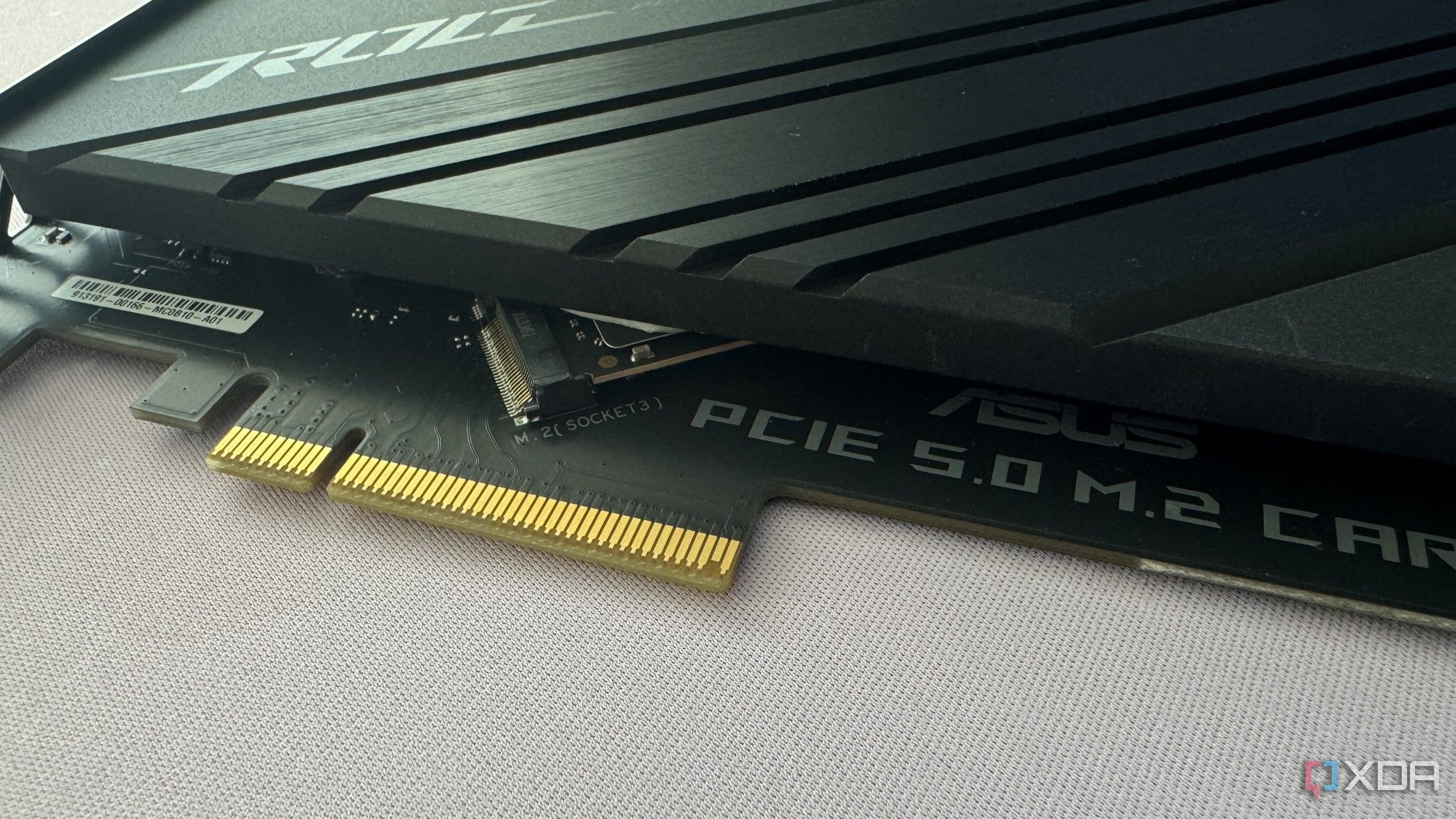
Related
Buying a PCIe 5.0 SSD still makes no sense
PCIe 5.0 SSDs have been out for a while now, but for most people they're not worth bothering with.
PCIe 5.0 SSDs are already quite toasty
We've already breached normal operating temps
In case you're one of the lucky ones with a PCIe 5.0 SSD that runs fine with just a flat metal heatsink, you might not know what others are going through. Many Gen5 SSDs come with massive heatsinks and cooling fans to keep the temps in check as the drives work tirelessly to sustain the sky-high transfer speeds. Even when the drive isn't under intensive load, such as transferring multiple large files, it can get quite hot with a simple heatsink.
The reasons PCIe 5.0 SSDs run so hot are multiple — there's signal amplification going on, re-drivers and equalizers are running to prevent signal degradation, and the lane signalling still runs at the maximum 32GT/s transfer speed. The controller on the SSD needs to work overtime to maintain the peak 14GB/s transfer speeds these Gen5 SSDs are famous for. Thermal throttling isn't just a theoretical concern on Gen5 SSDs, it's a real problem users are already facing.
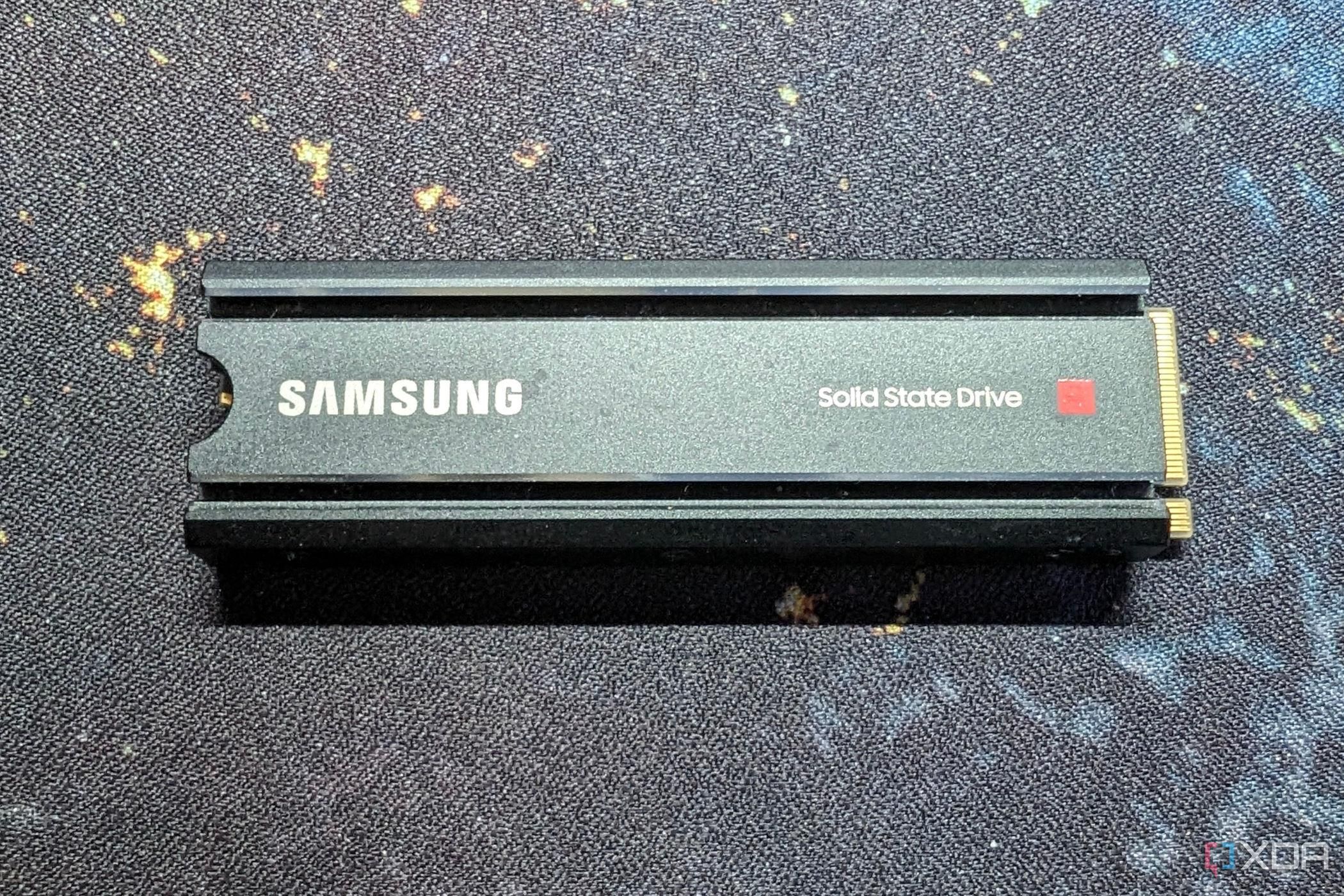
Related
5 signs your NVMe SSD might actually need a heatsink
You better notice the signs before your SSD starts cooking (in the worst way)
PCIe 6.0 SSDs will set new records
Both for speed and heat
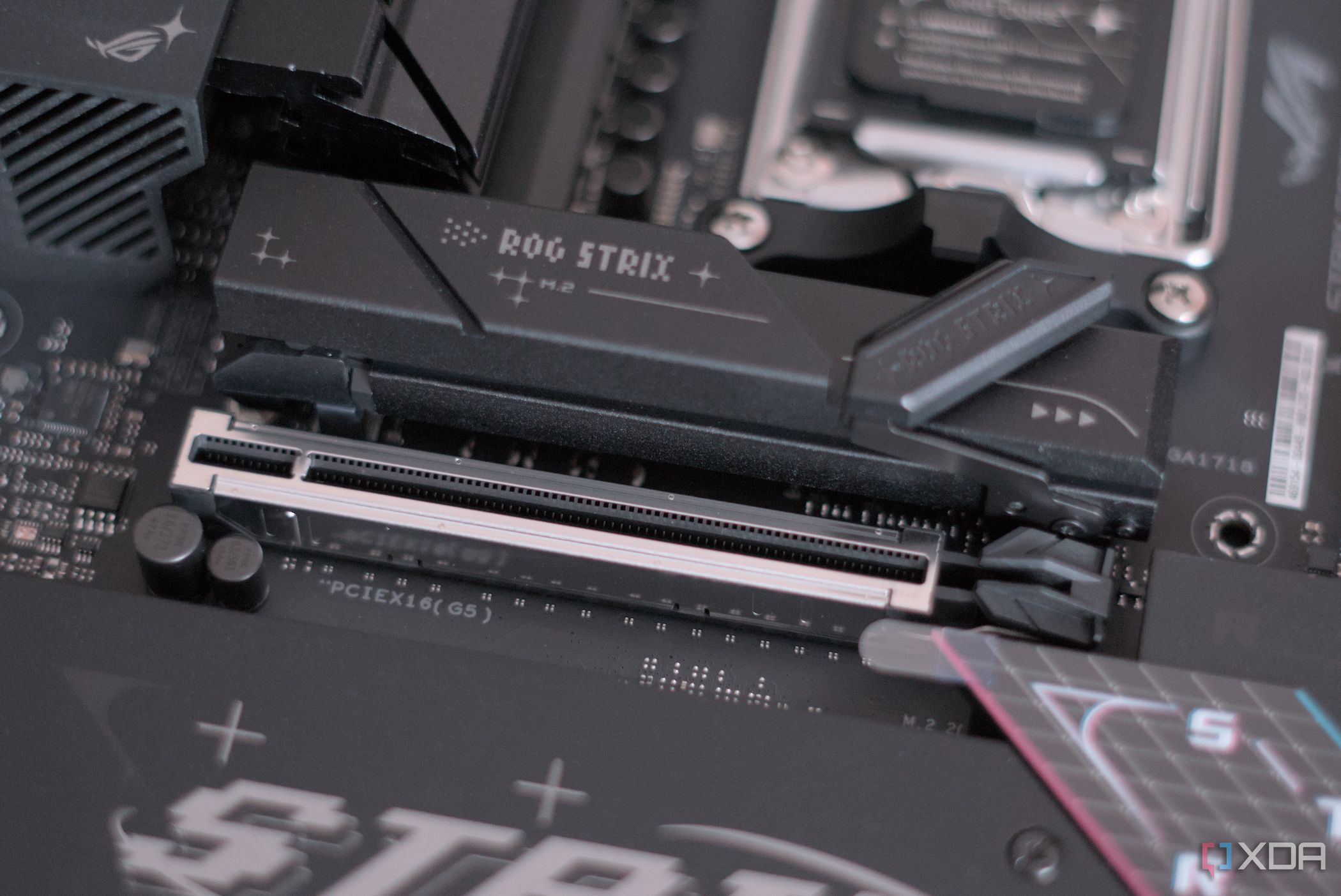
PCIe 6.0 SSDs, just like PCIe 5.0 drives before them, will double the transfer speeds to 64GT/s, offering sequential speeds of up to 26,000 MB/s. If that wasn't enough, they will also introduce Pulse Amplitude Modulation (PAM), replacing non-return-to-zero (NRZ), basically allowing for 4 bits instead of 2 per clock cycle. This is responsible for the increased throughput, but it'll also make the Gen6 drives more prone to signal integrity issues.
To address this, more re-drivers and equalizers will need to be added, increasing the power draw further. Besides, the Forward Error Correction (FEC) scheme introduced by PCIe 6.0 drives will also add some overhead, drawing more power and increasing the load on the controller. All of this means that PCIe 6.0 drives will most likely make regular heatsinks obsolete, with active cooling not being optional anymore.
The PCIe 6.0 specification was finalized by the PCI-SIG back in 2022, and prototypes were showcased last year, but we're still years away from the earliest consumer Gen6 SSDs. Anyway, a lot of thermal management needs to be figured out before you can slap a Gen6 drive on your motherboard. Larger surface area for cooling, stronger active coolers, or more advanced algorithms for the controller could be some of the solutions.
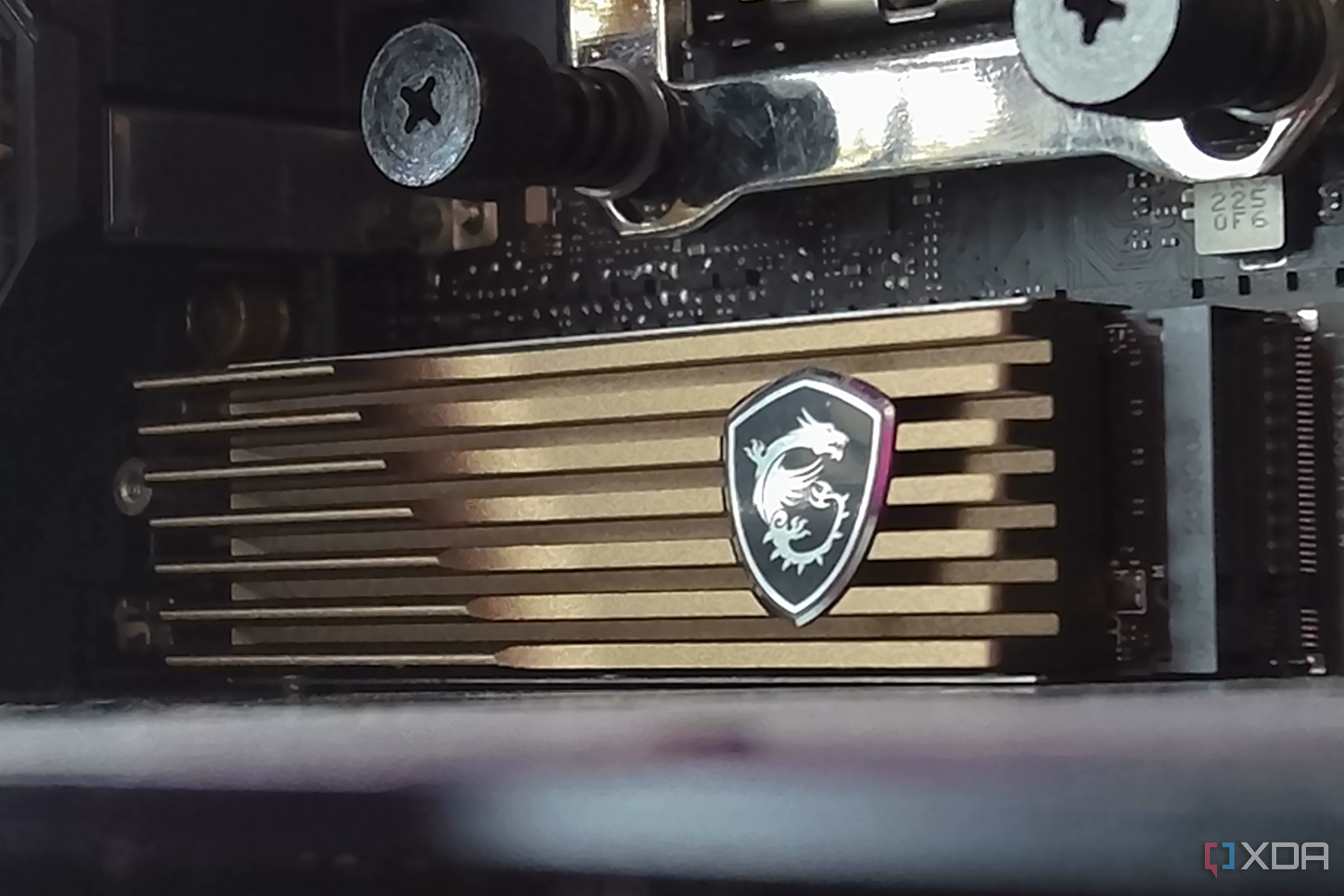
Related
PCIe 6.0 runs the risk of being too hot for gaming PCs to handle — just like PCIe 5.0
PCIe 5.0 already ran too hot, and PCIe 6.0 storage devices have all the signs that they might be even hotter.
Fans on SSDs might not seem comical anymore
A necessary evil
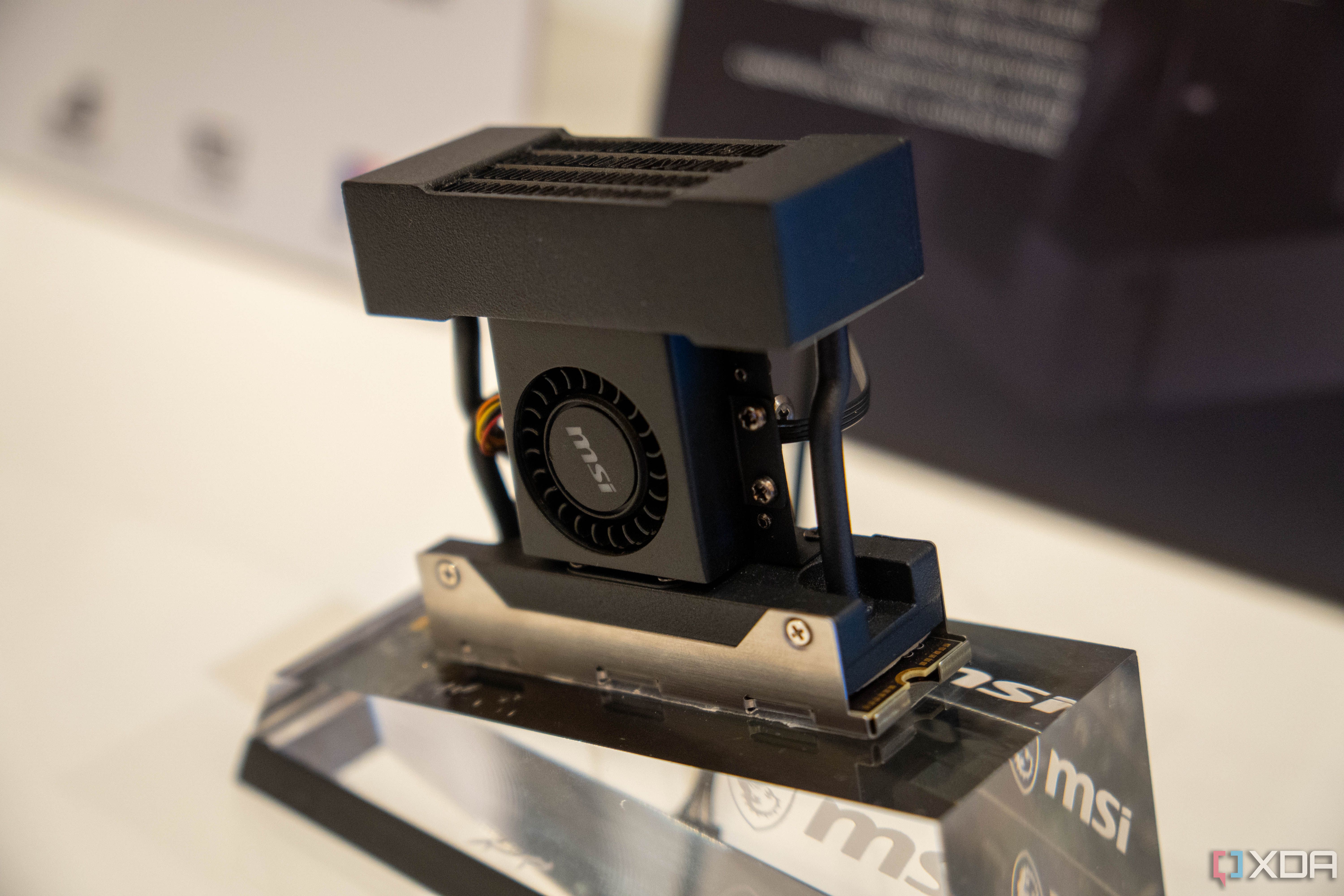
You might think the humongous coolers on some Gen5 SSDs look hilarious, even overkill, but Gen6 SSDs will probably make them inevitable on every single model. The days of basic flat heatsinks will be over once Gen6 drives arrive on the market. For the first few years, we'll probably advise everyone that Gen6 SSDs are pointless, but with time, they'll start appearing on consumer systems, bringing active coolers with them.
This shift from flat heatsinks to elaborate coolers might create some space issues with the CPU cooler and the graphics card, but by the time Gen6 SSDs arrive, manufacturers will have figured out the necessary tweaks to accommodate them. For now, you should probably invest in an active cooler for your Gen5 SSD if it tends to overheat. You can get one for around $20–$25.
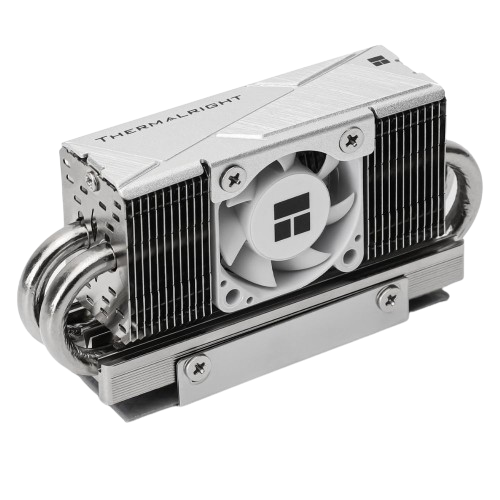
Thermalright HR10 2280 PRO SSD cooler
Will we hit a cooling wall with PCIe 6.0 SSDs?
One might think that with the way PCIe 5.0 SSDs have been reaching record high temperatures, will cooling PCIe 6.0 drives be too big a challenge? However, there's a lot of time between now and the eventual arrival of Gen6 SSDs. Manufacturers can figure out multiple cooling as well as power optimization mechanisms for keeping Gen6 SSD temps in check. After all, we did manage to tame Gen5 SSDs with advanced coolers. Who's to say we won't get some innovative cooling hardware just in time for Gen6 SSDs?
.png)
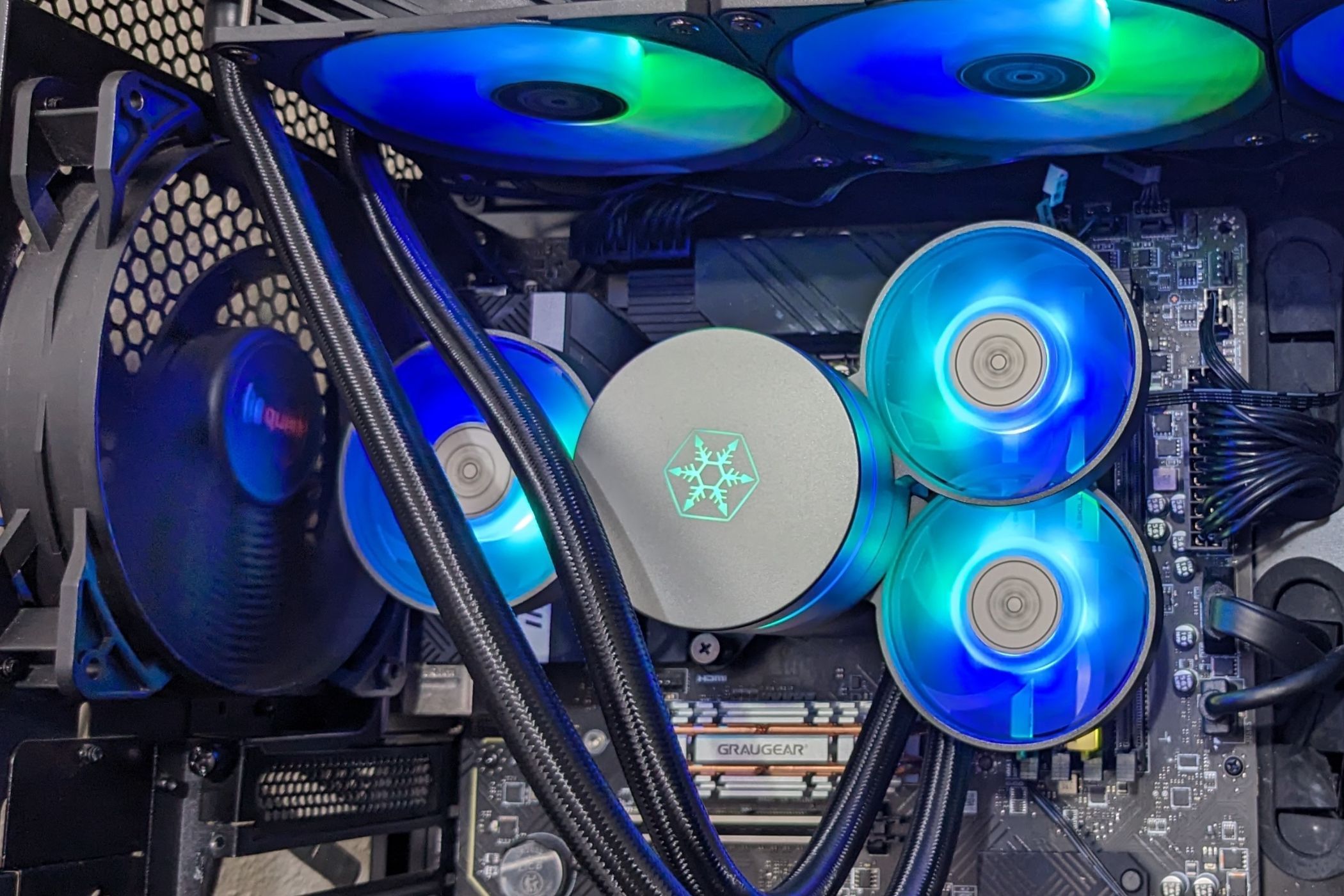











 English (US) ·
English (US) ·